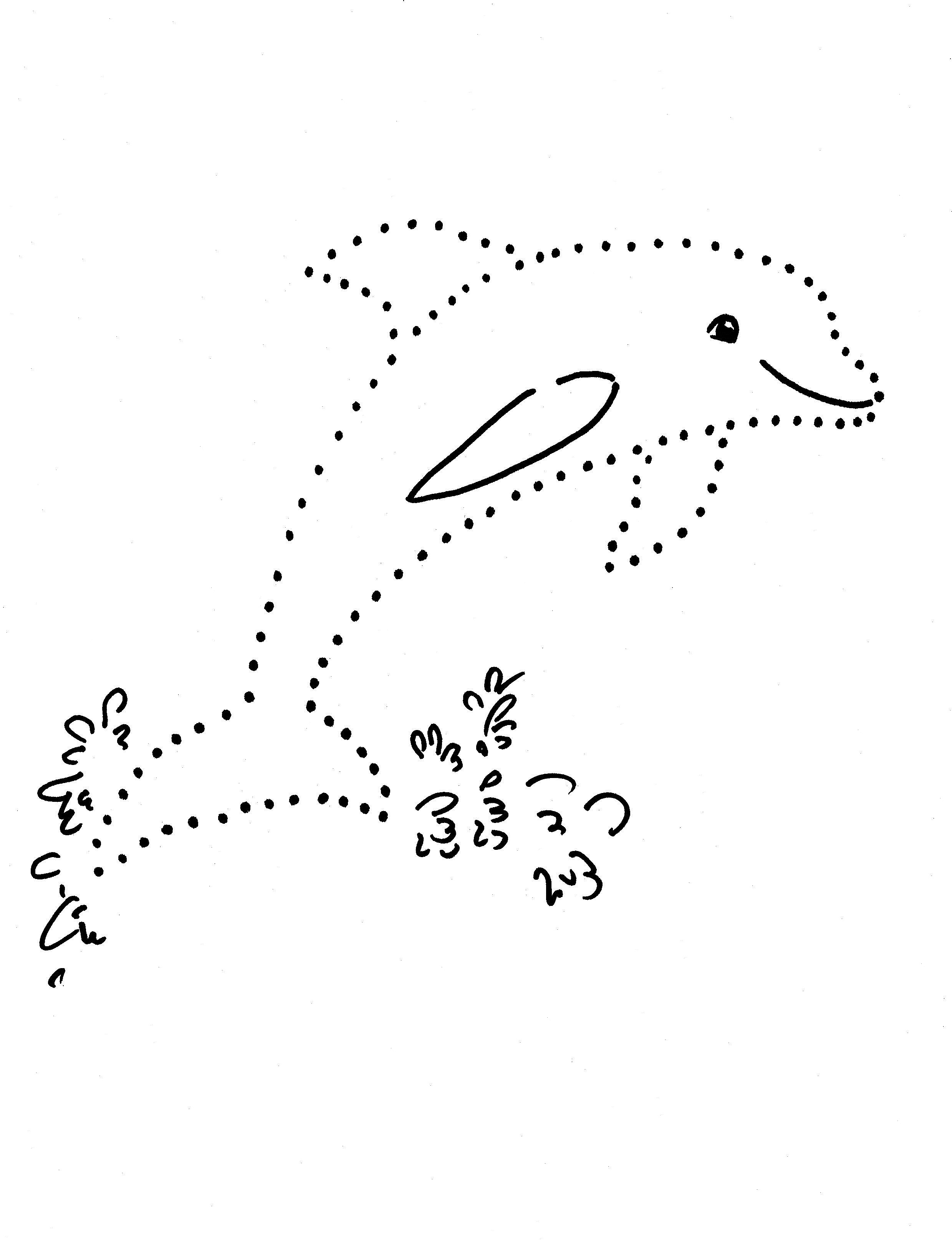

Excellent DOTS will then lead to reduced drug resistance levels, as shown under optimal conditions in the United States. DOT will then help to avoid inadequate drug levels and the emergence of resistance caused by irregularly spaced intake or inappropriate dosages. The risk of creating drug resistance is further reduced by the choice of a robust regimen, i.e., with daily dosing and at least four drugs in the intensive phase, irrespective of disease type. These short regimens act faster, induce trust and improve adherence, and they reduce the risk of emergence of resistant mutants.
#DOT BY DOT FULL#
Only the DOTS package ensures the full potential of the short-course regimens, which must include a risk reduction strategy against acquired drug resistance. Strict DOT was pushed through only later, once a trained and supervised network of village doctors had been set up, which further improved the already excellent results. At first we simply impressed on staff why it was essential to invite patients inside, offer them a chair to sit down and talk, take their temperature, etc., rather than passing the drugs to them through the barred window. Later, in Bangladesh, staff thought DOT was impossible, and rapid coverage with a structured programme in lieu of the chaotic, expensive treatment services by other providers was the main priority. Most obvious was how pleased patients were with the treatment they felt was curing them after just one week. It took a long time in Tanzania to ensure that nurses observed the intake of drugs, even during initial hospitalisation the main difference was probably that we started to pay closer attention to the tuberculosis patients, while previously time had been spent on the clinically far more challenging leprosy cases. Among the refugee population, absconding dropped precipitously. 3 Treatment results in the Tanzania region immediately went to 80% cure, up from around 60% with the previous long regimen. In the early 1980s, one of us (AVD) pioneered the DOTS strategy with Dr Karel Styblo in Tanzania, while the other (HLR) implemented a highly successful tuberculosis service using a directly observed 6-month regimen in a South-East Asian refugee population. DOT when blindly and carelessly applied, for example obliging the patient to attend a clinic daily just to be watched while swallowing his/her drugs, will often have the opposite effect: the treatment conditions become too difficult, and this likely explains published negative DOTS studies. The essence of true DOT is regular, close contact, resulting in real patient care by the provider, inducing trust in the patient and thus leading to improved adherence. This entails listening to the patient and identifying problems that could lead to non-adherence once the patient’s health improves. The health provider is required to explain the treatment and find ways to make DOT feasible. The ‘adherence models used for HIV’, focusing on good patient information, are already an integral part of correctly implemented DOTS. Directly observed treatment should be understood not as a stand-alone act, but as a way of administering treatment using the most effective short rifampicin-based regimens (the ‘S’). Their statement conceals the fact that DOTS stands for ‘Directly Observed Treatment, Short course’, an entire control strategy in which direct observation of drug swallowing (the ‘DOT’) is only a part of one of the five main elements. In essence, they are right, but they got it wrong nonetheless.

DOTS is once again under attack, now from South African HIV (human immunodeficiency virus) activists: ‘The paternalistic Directly Observed Treatment (DOTS) model must be phased out and replaced with adherence models similar to those used for HIV’ (, Accessed February 2012).


 0 kommentar(er)
0 kommentar(er)
